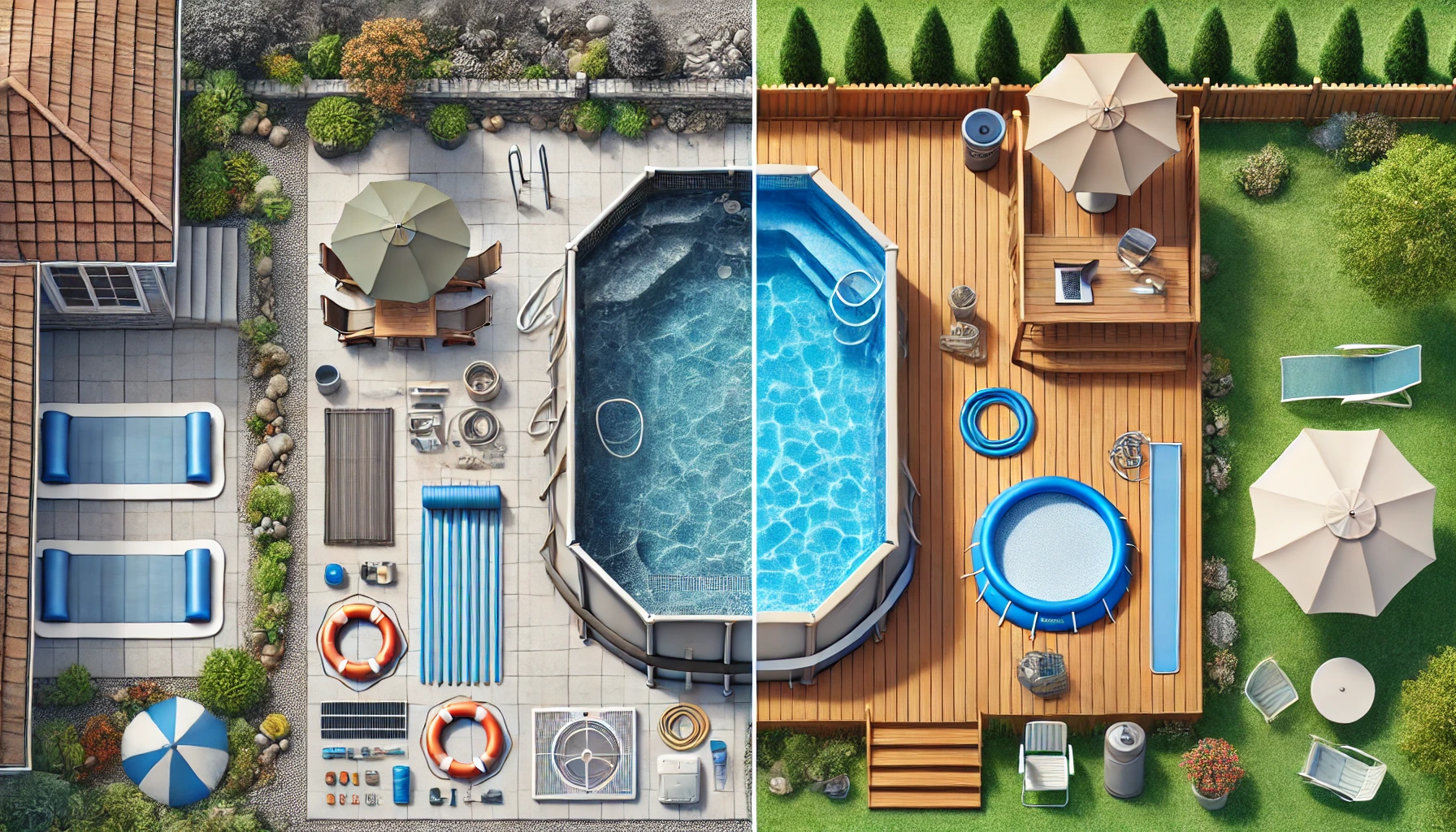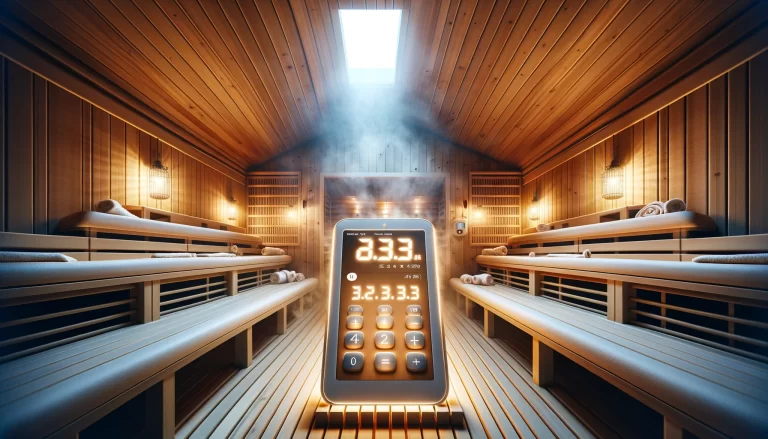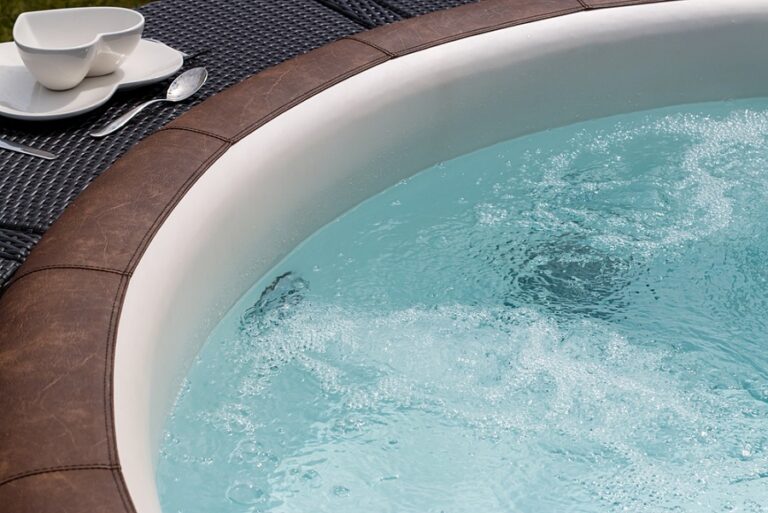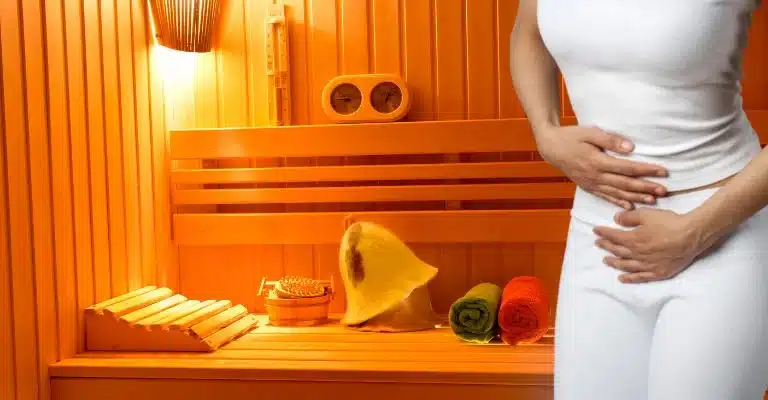Above Ground Pools: Overcoming Installation, Landscaping, and Maintenance Issues
A personal oasis can be created in your backyard by installing an above-ground pool, but it comes with its own set of challenges. Figuring out how to properly landscape around it, selecting the correct size, or preparing the ground for installation is all part of the process.
If you’re grappling with an uneven yard, unsure how to close your pool for winter, or just want your pool to look as beautiful as possible, you’re not alone.
Many homeowners face these same concerns, from keeping the water crystal clear to making sure the pool seamlessly blends with their outdoor space.
Don’t worry, though—there are plenty of solutions that can not only fix these issues but also elevate your pool experience. Let’s dive into practical tips and ideas to solve these common problems.
Why Above Ground Pools Are a Smart Choice
Summer fun can be enjoyed in a budget-friendly, low-maintenance, and hassle-free way. Here’s why they’re a great choice:
Low Maintenance
These pools are easier to clean and maintain, saving you time, money, and effort—so you can spend more time enjoying your pool.
Affordable:
Above ground pools are much more cost-effective than inground pools, allowing you to enjoy a pool without breaking the bank.
Quick Installation
Unlike inground pools, which can take months to install, It can be set up in just a few days—whether you hire a pro or do it yourself.
Flexible and Versatile
Available in many shapes and sizes, It can fit nearly any yard. Plus, they’re easy to relocate if you decide to redesign your outdoor space.
Comparison: Above Ground vs. Inground Pools
| Feature | Above Ground Pool | Inground Pool |
|---|---|---|
| Cost | Lower upfront investment | Higher cost, including installation |
| Installation Time | Quick, often within days | Weeks or months |
| Maintenance | Simpler, less costly | More involved, higher costs |
| Flexibility | Easily adjusted or relocated | Permanent, fixed once installed |
| Aesthetic Appeal | Enhanced with decking or landscaping | Blends naturally with the yard |
Who wouldn’t want to enjoy the summer months by the pool without spending all their savings? Check out Above Ground Lap Pool.
Finding the Ideal Size for Your Space
Choosing the right pool size is easier than you think when you consider your space, usage, and budget. Here’s how to find the perfect fit for your yard:
- Assess Your Space
If you have a smaller yard, opt for a pool that leaves room for other outdoor activities. A compact pool ensures you don’t overcrowd the area. - Consider How You’ll Use It
Think about who will be using the pool and for what purpose. A pool for relaxation and cooling off requires less space than one for swimming laps or hosting parties. - Larger Yards = More Options
With a bigger yard, you can go for a larger pool that can accommodate more swimmers, additional features (like a deck or slide), and give you plenty of room to move.
By adjusting your pool size to fit your space and needs, you can find a pool that perfectly suits your lifestyle without overwhelming your yard or budget.
Common Pool Sizes and Dimensions
To help you narrow down your options, here’s a look at common pool sizes and who they might be best for:
| Pool Size | Dimensions | Best For |
|---|---|---|
| Small Pools (5-10 ft) | 5 ft diameter | Ideal for small yards or limited space. Great for kids or quick dips. |
| Medium Pools (12-18 ft) | 12-18 ft diameter | Perfect for small families, still compact but roomy enough for relaxation. |
| Large Pools (22-27 ft) | 22 ft+ diameter | Suited for larger families or those who entertain guests regularly. |
For example, a 5-foot pool might work if you’re only looking for something small for the kids to splash around in, or if you have a tiny yard.
However, a 22ft pool will give you much more room for swimming, pool parties, and relaxation. But remember, a larger pool means more maintenance and costs, so it’s important to consider the trade-offs.
Factors to Consider When Choosing a Pool Size
- Yard Space: Before you make a decision, measure the area where you plan to place the pool. Keep in mind that you’ll need space around the pool for safety and ease of access, especially if you’re thinking about adding landscaping or a deck.
- Family Needs: How many people will be using the pool regularly? A smaller pool is fine for solo swimmers or couples, but families with kids or those who entertain often will want something larger.
- Budget: Larger pools tend to come with higher costs, not just for the pool itself, but also for installation, maintenance, and possibly even permits. Make sure the size you choose fits within your financial comfort zone.
Cost Comparison of Above Ground, Inground, and Other Pool Options
| Pool Type | Initial Cost | Installation Cost | Maintenance Cost (Annual) | Lifespan | Pros | Cons |
|---|---|---|---|---|---|---|
| Above Ground Pool | $1,500 – $7,000 | $1,000 – $3,000 (optional) | $300 – $600 | 10 – 15 years | Affordable, fast installation, portable, less maintenance | Less durable than inground, doesn’t add as much value |
| Semi-Inground Pool | $8,000 – $20,000 | $5,000 – $10,000 | $400 – $700 | 15 – 20 years | Aesthetic blend of above and inground, customizable | Higher initial and installation costs, requires more ground prep |
| Inground Pool (Vinyl) | $25,000 – $50,000 | Included in the initial cost | $700 – $1,200 | 10 – 15 years | Fully customizable, adds value to home | Expensive, requires significant maintenance and liner replacement every 7-10 years |
| Inground Pool (Fiberglass) | $35,000 – $60,000 | Included in the initial cost | $400 – $800 | 20 – 25 years | Lower maintenance than vinyl or concrete, smooth surface, quicker installation | Higher upfront cost, fewer customization options, expensive repair |
| Inground Pool (Concrete) | $50,000 – $100,000+ | Included in the initial cost | $800 – $1,500 | 25+ years | Long lifespan, fully customizable, durable | Very expensive, long installation, high maintenance |
| Temporary Inflatable Pool | $100 – $1,000 | None | $100 – $300 | 1 – 5 years | Extremely affordable, easy to set up and store, no installation cost | Very short lifespan, low durability, not suitable for long-term or frequent use |
Standard Pool Dimensions
Above ground pools come in a range of standard sizes. Typically, you’ll find them in round or oval shapes, with dimensions like:
- Round pools: 12 ft, 15 ft, 18 ft, 22 ft, or larger.
- Oval pools: 12×24 ft, 15×30 ft, or even 18×33 ft.
Each of these sizes brings something different to the table. Round pools are great for maximizing swimming space, while oval pools fit well in narrow yards and provide longer swim lanes.
Creative Landscaping Ideas to Enhance Your Pool Area
Adding a pool to your backyard is a great start, but many people find that the challenge lies in making it blend into their overall outdoor space. With the right landscaping, your pool can go from being a standalone feature to a beautiful centerpiece.
From simple touches to more elaborate designs, there are plenty of ways to enhance the look of your landscape around the pool without breaking the bank. Check out Above Ground Pools at Costco.

Add a Gravel Border for a Clean Look
One of the easiest ways to create a polished look around your pool is to add a gravel border. Not only is gravel affordable, but it also helps with drainage, preventing muddy patches from forming around your pool. This simple addition can create a neat, tidy transition from your pool to the rest of your yard.
- Why gravel works: It’s low-maintenance, doesn’t attract pests, and allows water to drain efficiently.
- Types of gravel: Opt for pea gravel, river rock, or crushed stone, depending on the aesthetic you want.
- Installation tip: Lay down a landscaping fabric beneath the gravel to prevent weeds from sprouting.
Gravel borders not only look sharp but also serve a practical purpose, keeping your pool area clean and functional.
Decorate with Tile or Stone Pavers
If you want to step up the visual appeal, consider decorating around the pool with tile or stone pavers. These materials add texture and style, making your pool feel like a more integrated part of your landscape. Pavers offer a natural, durable surface that’s perfect for walking barefoot and adds a sense of sophistication.
- Tile options: Choose from ceramic, porcelain, or stone tiles, which come in a variety of patterns and colors.
- Stone pavers: Natural stones like slate, granite, or travertine can give the area a classic, elegant vibe.
- Installation ideas: Use pavers to create a walkway leading to the pool, or lay them around the perimeter to create a smooth, slip-resistant edge.
Pavers are a good option that can complement any pool landscaping style, regardless of your preference for a modern or rustic look. Furthermore, they are strong and simple to maintain, making them a long-lasting choice for your outdoor area.
Incorporate Plants and Shrubs for a Lush Look
To soften the edges of the pool and bring some natural beauty into the space, consider incorporating plants and shrubs. The right greenery can create a serene, tropical vibe or blend seamlessly into your yard’s existing design.
- Plant choices: Go for low-maintenance, drought-tolerant plants like ornamental grasses, lavender, or hostas.
- Privacy options: Use taller plants like bamboo or boxwood to create a natural privacy screen around the pool.
- Placement: Position plants along the border landscaping around the pool to frame the space without crowding it.
Adding plants not only improves the aesthetics but can also provide privacy and shade, making your pool area more enjoyable.
Keep it Cohesive with Mulch or Bark
Mulch is a low-cost way to add warmth and texture to the landscape around the pool, while also providing practical benefits for your plants. Mulch helps retain moisture in the soil and keeps weeds at bay, while bark gives a rustic, earthy feel.
- Mulch types: Choose from organic mulch, like wood chips or straw, or go for decorative options like colored bark.
- Installation tips: Ensure there’s enough clearance between the mulch and the pool to prevent debris from blowing into the water.
Decking and Patio Options for Above Ground Pools
For those looking to enhance their pool with style and comfort, a patio is a perfect addition that can be tailored to your needs without overwhelming the backyard.
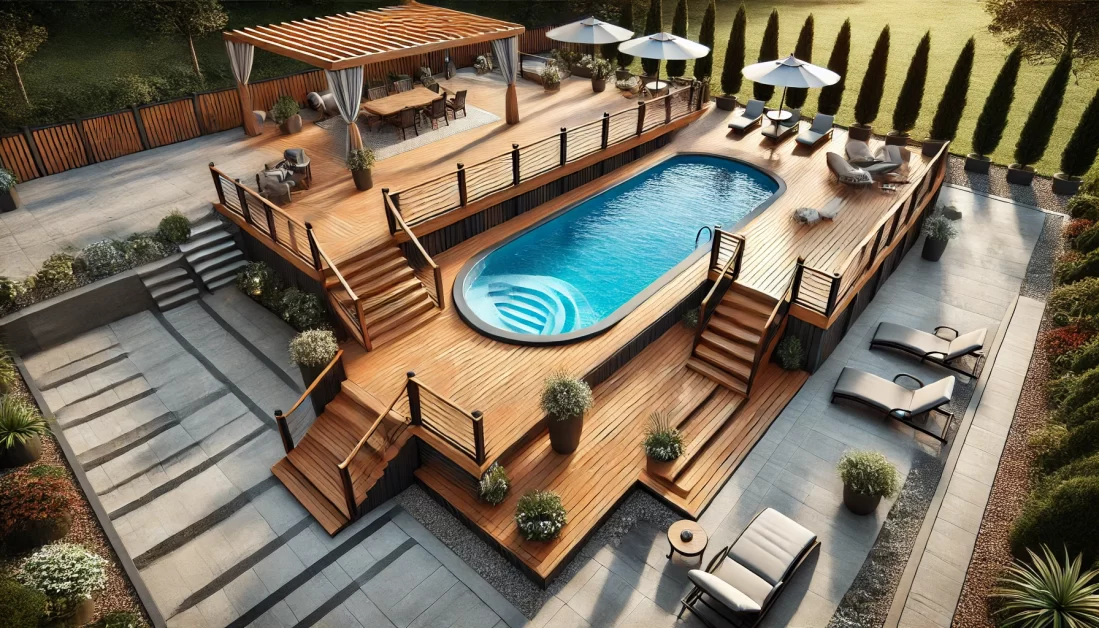
Add a Deck for Easy Access and Style
A deck around your pool does more than just provide a place to lounge—it adds safety and convenience for getting in and out of the water. For families, it’s especially important to have sturdy access points, and decks make pool time more enjoyable and secure.
- Materials: Most pool decks are built from wood, composite materials, or vinyl. Wood gives a natural look but requires regular maintenance. Composite decks are durable and low-maintenance, while vinyl is an affordable option.
- Design ideas: A wraparound deck gives full access to the pool from every angle, while a partial deck provides just enough space for a few chairs and easy entry.
- Safety features: Don’t forget to include handrails, slip-resistant materials, and secure steps to ensure your deck is both stylish and safe.
Matching Your Patio to Your Pool Area
If a full deck isn’t your style, consider adding a patio that ties the pool into your overall backyard design. A well-planned pool and patio combination not only makes your yard look more cohesive but also adds valuable living space for relaxation and entertaining.
- Paving options: Concrete, stone, or brick patios are popular choices for their durability and style. Concrete offers a modern, sleek look, while stone and brick give a more natural, earthy feel.
- Seating and shade: Incorporate lounge chairs, umbrellas, or pergolas to create a comfortable space where family and friends can gather when they’re not in the water.
- Blending with the pool: Use similar colors or materials for the patio as those used in your pool area to create a seamless transition between spaces.
Solving Common Installation Issues
Installing a pool can be exciting, but it comes with its own set of challenges, especially when dealing with uneven ground or sloped yards. A poorly prepared surface can lead to long-term issues like water imbalance or structural damage. Proper ground prep is essential to ensuring the longevity and stability of your pool.
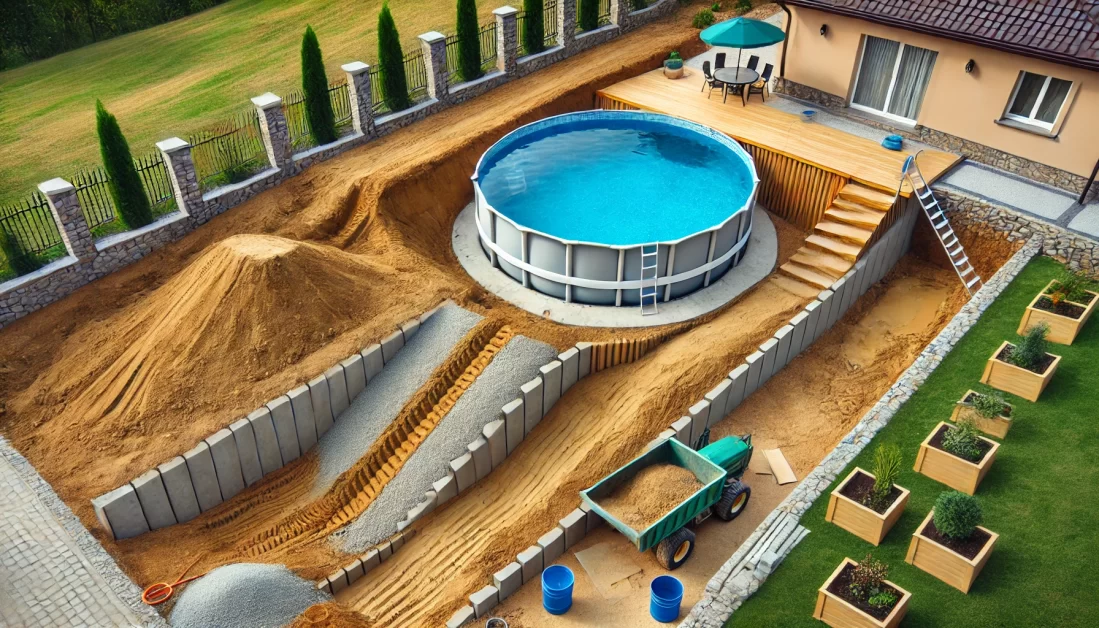
Preparing and Leveling the Ground for Your Pool
The foundation of your pool must be solid and level to prevent future problems. Start by clearing the area of any debris, rocks, or grass, and then level the ground. Even if the yard looks flat, small dips or bumps can cause trouble down the line. Here’s a simple approach to ensure your pool sits on a stable surface:
- Mark the area: Outline the pool’s dimensions to make sure it fits the space and you can level it accurately.
- Remove topsoil: Dig down a few inches to remove any uneven areas and ensure the pool will sit evenly.
- Use a leveling tool: A longboard and level can help make sure the ground is even. Sand or a special base material can be added to fill in any low spots.
- Compact the soil: Use a tamper to compact the area, creating a firm base for the pool to rest on.
For those facing a pool on sloped yards, additional preparation will be required.
Dealing with Sloped Yards and Uneven Ground
A sloped yard is one of the most common installation challenges. While it might seem impossible to install a pool on an incline, it’s doable with some careful planning and the right techniques.
- Partial excavation: Dig into the slope to create a level area for the pool. This method is effective for moderate slopes.
- Building up low areas: In some cases, you can use a mix of sand or gravel to raise the lower side of the slope to create a level surface.
- Install proper drainage: If you’re working on a hill or uneven ground, consider drainage solutions to prevent water from pooling around the pool or eroding the base over time.
Using Retaining Walls Around Your Pool
If your hillside pool is set in a sloped area, retaining walls can be a lifesaver. Not only do they prevent soil erosion, but they also add a stylish element to the pool’s surroundings. A retaining wall allows you to build up the low side of the yard, offering additional stability and improving the overall appearance of your pool area.
- Materials: Retaining walls can be built from stone, concrete, or wood. Stone and concrete provide durability and a clean aesthetic, while wood offers a natural look.
- Design tips: Incorporate planters or seating into the retaining wall for a dual-purpose structure that’s both practical and visually appealing.
Retaining walls is particularly useful in preventing pool ground leveling issues from resurfacing over time, ensuring your pool remains stable and secure. Check out Solar Pool Heater for Above-Ground and Inground Pools.
Maintaining: Pool Chemicals and Cleaning
Following these steps when closing your pool for winter will help you avoid costly repairs and a murky mess when it’s time to reopen.
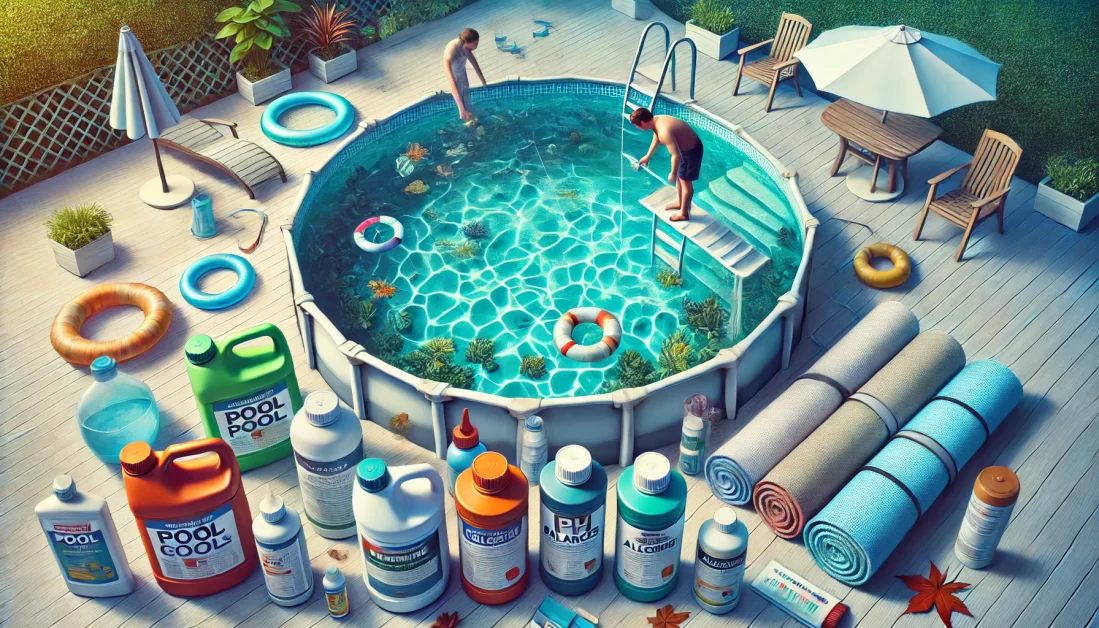
Balancing Pool Chemistry for Crystal Clear Water
Maintaining balanced pool chemicals is the cornerstone of keeping your pool water safe and sparkling. If your water is too acidic or too alkaline, it can lead to various issues, from irritated skin to algae growth. Getting it just right can prevent most common pool problems.
- Chlorine: The primary chemical for sanitizing your pool. It kills bacteria and controls algae. Aim for a chlorine level of 1-3 parts per million (ppm).
- pH levels: Keeping your pH between 7.2 and 7.6 ensures that the water isn’t too acidic or too basic, preventing damage to the pool and discomfort for swimmers.
- Alkalinity: This acts as a buffer for pH, keeping it stable. The ideal range for alkalinity is between 80-120 ppm.
- Calcium hardness: Prevents water from becoming corrosive or scale-forming. Aim for a level of 200-400 ppm.
- Testing kits: Regularly test the water with a pool testing kit to monitor chemical levels and adjust accordingly.
By staying on top of your pool chemistry, you can avoid many common problems like cloudy water, algae, or even damage to the pool liner.
How to Close Your Pool for Winter
When summer ends and it’s time to say goodbye to pool days, properly closing your pool is essential for ensuring it’s in good shape when warm weather rolls around again. Winterizing protects your pool from freezing temperatures, debris, and chemical imbalances.
- Clean the pool thoroughly: Before closing, vacuum the pool and skim off any debris to prevent it from settling and causing stains.
- Balance the water chemistry: Adjust the pool’s pH, alkalinity, and calcium hardness to the ideal levels to prevent corrosion or scaling during the winter months. PH: 7.4–7.6 Alkalinity: 80–120 ppm Chlorine: 1–3 ppm.
- Add winterizing chemicals: Use algaecide, chlorine, and a winter pool shock to sanitize and protect the water from algae growth and contamination.
- Lower the water level: Drain the water to below the skimmer line to prevent water from freezing and damaging the pool’s plumbing.
- Blow Out the Lines: Use a shop vac or air compressor to blow out the pool’s plumbing lines to prevent them from freezing. Make sure to plug the returns, skimmers, and any other openings to seal the lines.
- Add Winterizing Chemicals: Help prevent algae growth and keep the water in good condition while the pool is closed. Follow the instructions on the kit for the correct amount to use.
- Cover the pool: Invest in a high-quality pool cover to keep out leaves, dirt, and snow. Make sure it’s securely fastened to prevent wind from blowing it off.
Enhancing Pool Aesthetics:
With a few simple upgrades, your pool can become a stunning focal point that rivals traditional inground installations—without the accompanying costs or installation headaches.

Hybrid Pools: The Perfect Blend of Above Ground and Inground Aesthetics
A semi-inground pool or hybrid pool is partially sunk into the ground, offering the illusion of a fully inground pool with much less hassle. These pools can be built on sloped or uneven land, making them ideal for yards that aren’t perfectly flat. The beauty of hybrid pools is their flexibility in both design and installation.
- Cost-effective: While still more affordable than a fully inground pool, hybrid pools provide many of the same visual benefits without the long installation process.
- Customizable: You can choose how much of the pool you want to bury, whether it’s only a foot or almost the entire pool, depending on your yard and preferences.
- Versatile placement: Great for hilly or sloped yards where full above ground installation wouldn’t work. A semi-inground design helps blend the pool naturally into the landscape.
Check out Troubleshooting and Solutions for Mysterious Particles in Your Pool.
Create a Seamless Look with a Partially Buried Pool
One way to enhance the look of your partially buried pool is by making sure it blends smoothly with your yard. Sinking the pool a few feet into the ground allows you to conceal most of the above-ground structure, giving the appearance of a traditional inground pool.
- Strategic landscaping: Use plants, stone, or decking to transition between the pool and the surrounding yard, making it feel like a natural part of the landscape.
- Pool decking: Surrounding the pool with a deck or pavers helps create an even, level look, making the pool feel fully integrated into your outdoor space.
By partially burying the pool, you’re not only upgrading the appearance but also improving accessibility, as the pool’s lower profile is easier to step into.
Adding a Retaining Wall or Coping for a Finished Look
Another way to give your pool an elegant, inground appearance is by adding retaining walls or coping around the pool. These design elements not only help stabilize the structure but also provide a sleek, finished look.
- Retaining walls: Perfect for sloped yards, these walls can be built around part or all of the pool to create a smooth transition between the pool and the yard. Stone or brick walls can add a polished, high-end feel.
- Coping: Adding coping (the material used to cap the edge of the pool) creates a smooth, rounded edge that improves both aesthetics and safety. Options include concrete, pavers, or natural stone to match the rest of your yard’s design.
Outdoor Add-Ons:
Once your pool is installed, it’s time to think beyond the water and create a space where you can relax, entertain, and enjoy your outdoor area to the fullest. Adding thoughtful features like an outdoor kitchen by the pool or cozy seating areas can turn your pool into a true backyard oasis, providing both function and style.
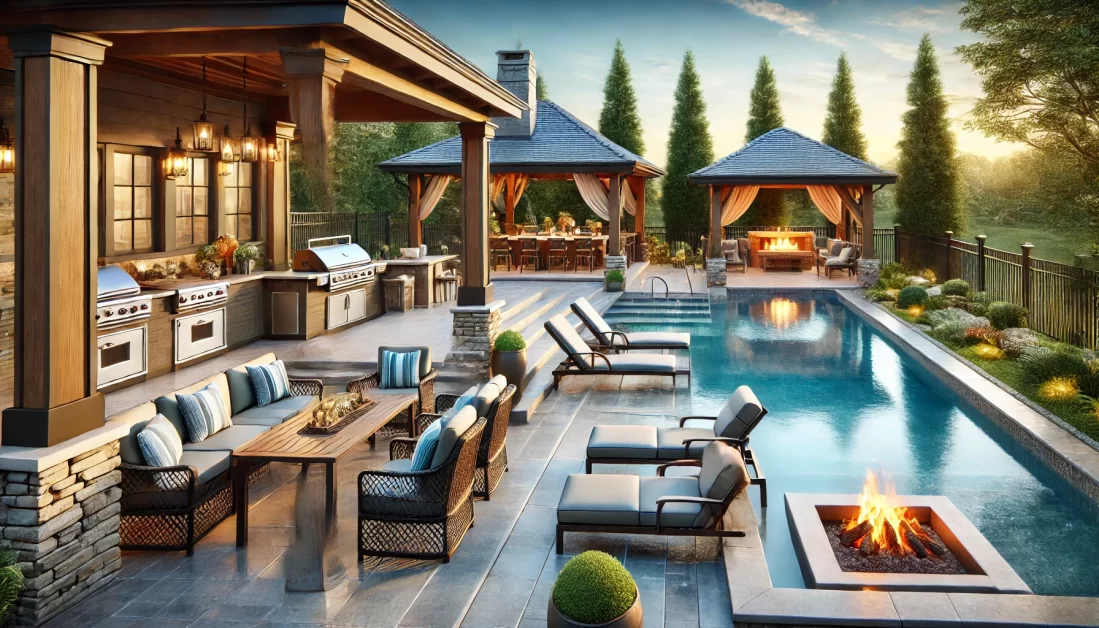
Creating a Full Outdoor Experience: Beyond the Pool
An above ground pool can serve as the centerpiece of your yard, but the surrounding features help elevate it to a true retreat. Whether you’re hosting friends or spending time with family, the addition of outdoor amenities makes your pool area more enjoyable, transforming it into a space where you can relax and unwind even when you’re not in the water.
Install an Outdoor Kitchen or Fireplace Near the Pool
It allows you to prepare and serve food without leaving your guests or missing out on the fun. From grilling up burgers to mixing drinks, everything is within arm’s reach, so you can fully immerse yourself in the poolside atmosphere.
- Outdoor kitchens: These often include a grill, countertop space, sink, and refrigerator. You can customize the size and features to fit your space and entertaining needs.
- Outdoor fireplace: A fireplace or fire pit adds warmth and ambiance, extending the use of your pool area into the cooler evenings. Whether it’s roasting marshmallows or simply enjoying a cozy fire, this is a perfect addition to creating a relaxing environment.
Adding a fireplace by the pool enhances the mood and allows you to use your backyard space even when the temperatures drop, keeping your poolside area inviting year-round. Check out patio with hot tub and fire pit.
Incorporating Poolside Seating for Relaxation
A pool oasis isn’t complete without comfortable places to sit and enjoy the view. Whether you’re drying off after a swim or just relaxing poolside, the right seating can enhance the overall atmosphere and provide a place for everyone to gather.
- Lounge chairs: Perfect for sunbathing or just kicking back with a good book, these provide a casual, laid-back feel.
- Outdoor sofas and sectionals: If you have more space, consider creating a living room vibe outdoors with cushioned furniture that can handle the elements.
- Shaded areas: Use umbrellas, pergolas, or shade sails to provide a break from the sun. These features not only improve comfort but can also protect your furniture and make the area more usable during hot days.
Incorporating various seating options ensures that everyone has a place to unwind, turning your outdoor pool area into a true retreat. Check out more about Swimming Pools Guide.







